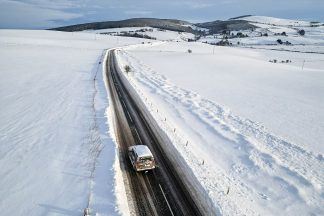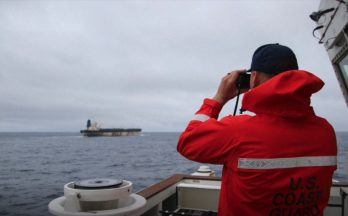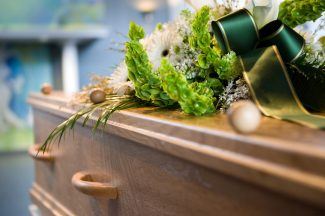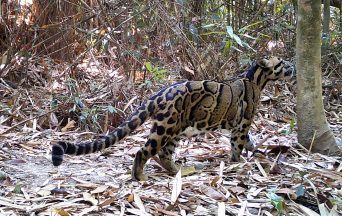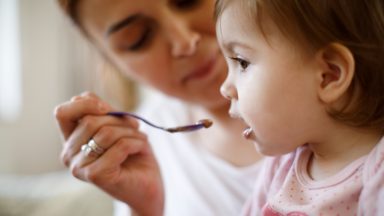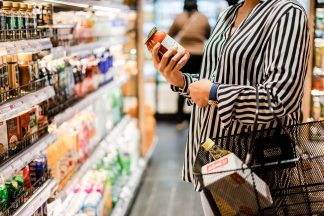People eating pheasant killed by lead shot are “unwittingly eating lead, which is toxic”, according to a study.
Researchers examined the carcasses of eight wild-shot common pheasants, killed on a farmland shoot using lead shotgun ammunition and on sale in a UK butcher’s shop.
They found small lead fragments embedded in every pheasant, in addition to lead shotgun pellets in seven of them.
Lead shotgun pellets often fragment on impact within the bodies of game birds, leaving small lead particles in the meat which are difficult for consumers to detect and remove.
The researchers found up to 10mg of tiny lead shards per pheasant, all of which were much too small to be detected by eye or by touch.
Lead is toxic to humans when absorbed by the body and there is no known safe level of exposure.
It accumulates in the body over time and can cause long-term harm, including increased risk of cardiovascular disease and kidney damage in adults.
It is known to lower IQ in young children, and affect the neurological development of unborn babies.
Professor Rhys Green, of Cambridge University’s Department of Zoology, said: “While lead gunshot continues to be used for hunting, people who eat pheasants and other similar game birds are very likely to be also consuming a lot of tiny lead fragments.
“It seems to have been widely assumed in the past that a lead shot embedded in a pheasant carcass remained intact, and could be removed cleanly before the pheasant was eaten – removing any health risk.
“Our study has shown the extent to which this is really not the case.
“By eating pheasant, people are also unwittingly eating lead, which is toxic.”
Prof Green, who is first author of the study, continued: “One pheasant is a reasonable meal for two or three people.
“Consuming this much lead occasionally wouldn’t be a great cause for concern – but we know that there are thousands of people in the UK who eat game meat, often pheasant, every week.”
Around 11,000 tonnes of meat from wild-shot game birds, mostly pheasant, are eaten in the UK every year, according to the study, and virtually all pheasants shot in the UK for human consumption are killed using lead shot.
The researchers used a high-resolution CT (computerised tomography) scanner to locate the lead fragments in the pheasant meat in three dimensions, and measure their size and weight.
The meat was then dissolved, allowing the larger fragments to be extracted and analysed further to confirm they were lead.
An average of 3.5 lead pellets and 39 lead fragments of less than 1mm wide were detected per pheasant, and the smallest fragments were 0.07mm wide.
The lead pieces were widely distributed within the birds’ tissues and some of the small fragments were more than 50mm from the nearest lead shot pellet.
Prof Green added: “It’s rare for people eating game meat to accidentally eat a whole lead shot, because they’re cautious about damaging their teeth and know to check for lead shotgun pellets in the meat.
“But the lead fragments we found in pheasant carcasses were so tiny and widely distributed that it’s very unlikely they would be detected and removed.”
There are no UK or EU regulations about the maximum allowable levels of lead in human food from wild-shot game animals.
The Health and Safety Executive (HSE) is currently preparing a case for banning the use of lead ammunition for hunting in the UK, and the European Chemicals Agency is doing the same for Europe.
– The research is published in the journal PLOS One.
Follow STV News on WhatsApp
Scan the QR code on your mobile device for all the latest news from around the country


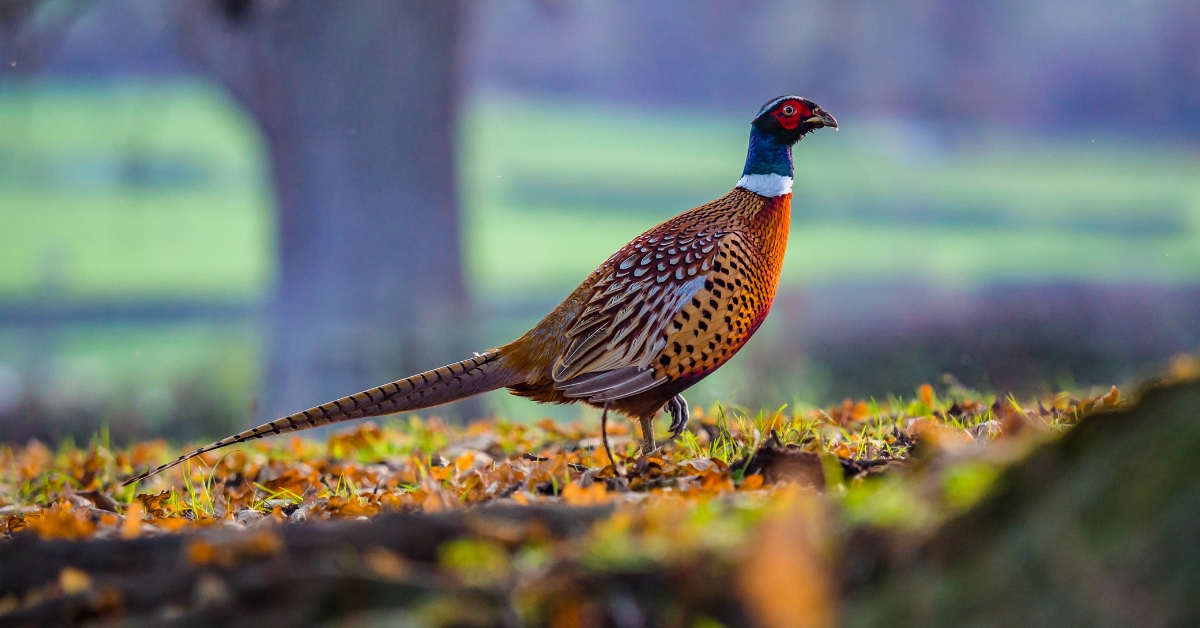 iStock
iStock

